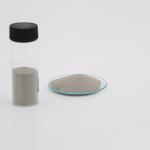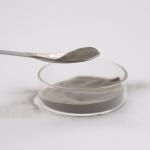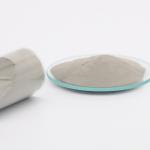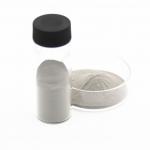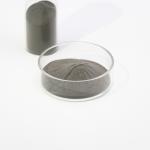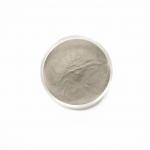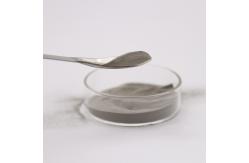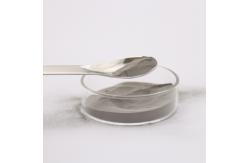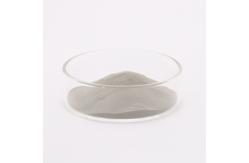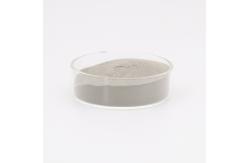3D Printing Nickel In625 Metal Powder for Aerospace Turbine
Components
1. Introduction
Nickel-based superalloys, particularly Inconel 625 (In625),
are widely used in aerospace applications due to their
exceptional high-temperature strength, corrosion resistance,
and fatigue resistance. Additive Manufacturing (AM), or 3D
printing, enables the production of complex aerospace turbine
components with reduced material waste and improved design
flexibility.
This detailed description covers the properties of In625 metal
powder, 3D printing processes, post-processing, and aerospace
turbine applications.
2. Inconel 625 (In625) Metal Powder Properties
In625 is a nickel-chromium-molybdenum superalloy with the
following key characteristics:
Chemical Composition (ASTM B443)
| Element | Composition (wt.%) |
|---|
| Nickel (Ni) | ≥ 58.0 |
| Chromium (Cr) | 20.0 - 23.0 |
| Molybdenum (Mo) | 8.0 - 10.0 |
| Iron (Fe) | ≤ 5.0 |
| Niobium (Nb) | 3.15 - 4.15 |
| Titanium (Ti) | ≤ 0.40 |
| Aluminum (Al) | ≤ 0.40 |
| Carbon (C) | ≤ 0.10 |
| Manganese (Mn) | ≤ 0.50 |
| Silicon (Si) | ≤ 0.50 |
| Phosphorus (P) | ≤ 0.015 |
| Sulfur (S) | ≤ 0.015 |
Mechanical & Thermal Properties
Tensile Strength: 930 MPa (at room temperature)
Yield Strength: 517 MPa
Elongation: 42.5%
Density: 8.44 g/cm³
Melting Point: 1290 - 1350°C
Oxidation Resistance: Excellent up to 980°C
Corrosion Resistance: Resistant to pitting, crevice corrosion,
and saltwater environments
Powder Characteristics for 3D Printing
Particle Size Distribution: 15 - 45 µm (for LPBF) or 45 - 106
µm (for DED)
Morphology: Spherical (for optimal flowability)
Powder Production Method: Gas Atomization (Argon or Nitrogen)
Flowability: ≤ 25 s/50g (Hall Flowmeter test)
Apparent Density: ≥ 4.5 g/cm³
3. 3D Printing Processes for In625 in Aerospace Turbines
The most common metal 3D printing methods for In625
include:
A. Laser Powder Bed Fusion (LPBF / SLM)
B. Directed Energy Deposition (DED / LENS)
C. Electron Beam Melting (EBM)
4. Post-Processing for Aerospace Turbine Components
To meet stringent aerospace
requirements, post-processing is essential:
A. Heat Treatment
Stress Relief: 870°C for 1 hour (air cooling)
Solution Annealing: 1150°C for 1 hour (water quenching)
Aging (if needed): 700 - 800°C for 8 - 24 hours
B. Hot Isostatic Pressing (HIP)
C. Machining & Finishing
CNC Machining: For tight-tolerance features
Surface Finishing: Electrochemical polishing or abrasive flow
machining for smoother surfaces
Non-Destructive Testing (NDT): X-ray CT, ultrasonic testing,
or dye penetrant inspection
5. Aerospace Turbine Applications
3D-printed In625 is used in critical turbine components,
including:
Turbine Blades & Vanes (with internal cooling channels)
Combustor Liners (heat and corrosion resistance)
Exhaust Nozzles (high-temperature stability)
Fuel Nozzles (GE Aviation’s LEAP engine uses 3D-printed In625)
Repair of Worn Turbine Parts (via DED)
Benefits Over Traditional Manufacturing
✔ Weight Reduction (lattice structures & topology
optimization)
✔ Faster Production (no need for complex tooling)
✔ Improved Performance (optimized cooling channels)
✔ Material Savings (near-net-shape manufacturing)
6. Challenges & Future Trends
Challenges:
High Cost of In625 Powder
Residual Stress & Distortion (requires proper heat
treatment)
Powder Reusability Limits (typically 5 - 10 cycles before
degradation)
Future Trends:
AI-Driven Process Optimization (for defect-free printing)
Hybrid Manufacturing (combining AM with CNC machining)
New Alloy Development (higher-temperature variants)
